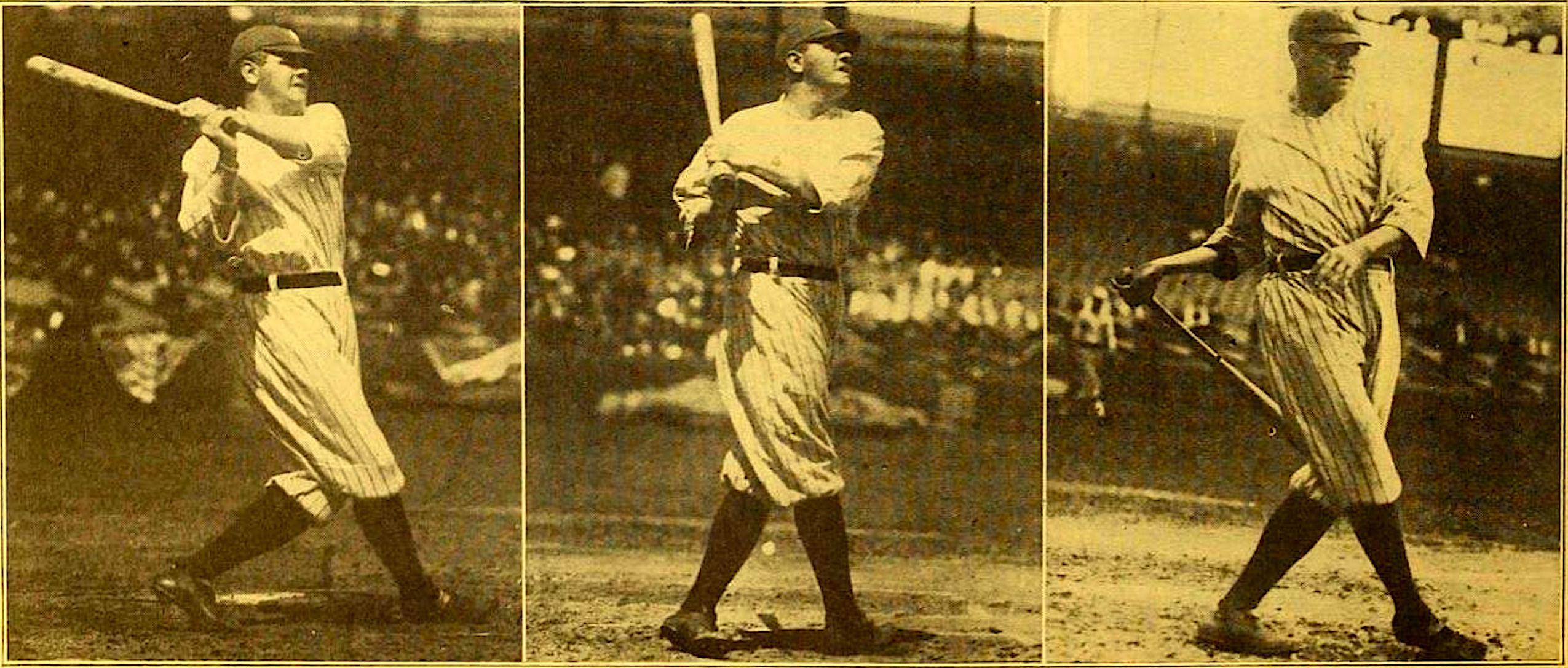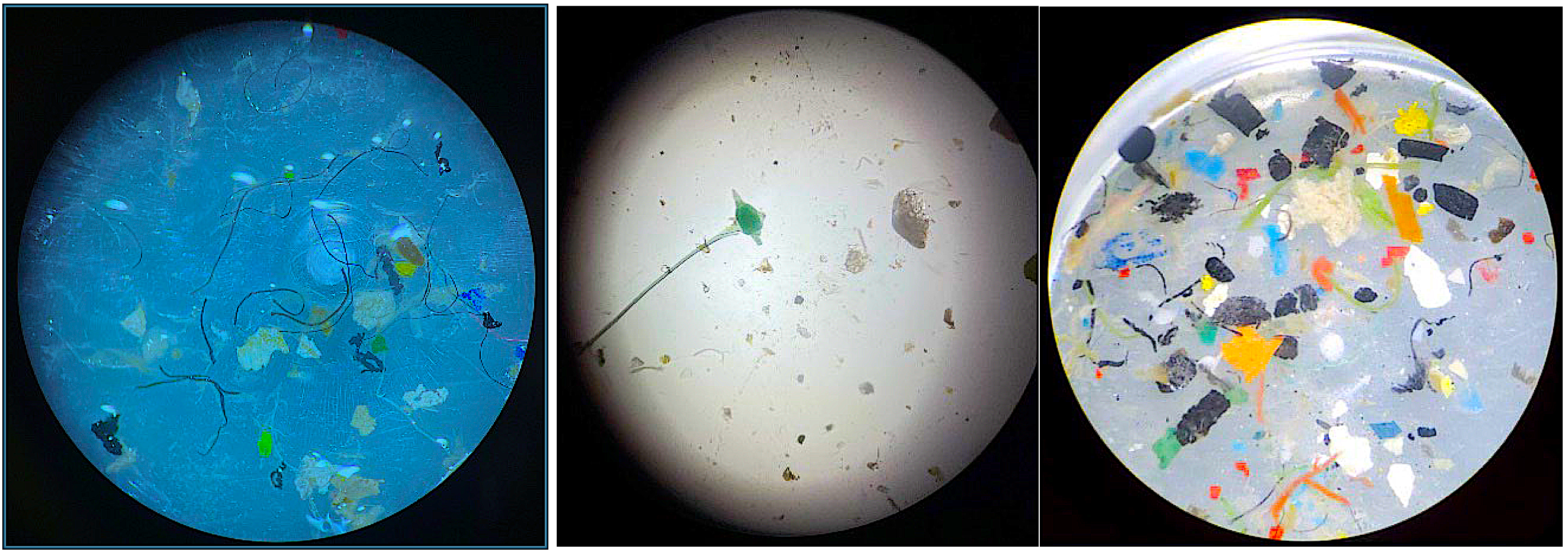Climate and Society: Hot Air and Home Runs
Does global warming mean more big hits?

On October 4, 2022, the New York Yankees played a baseball game with the Texas Rangers at Globe Life Field in Arlington, Texas. It was a sunny day with temperatures in the low 80s and winds at just 5 miles per hour. The roof of the domed stadium was open.
In that game, Aaron Judge of the New York Yankees hit a home run in the first inning. The Yankees would lose the game, but Judge and his teammates had a reason to celebrate. It was Judge’s 62nd home run of the season, a new record for major league baseball.
But would it be accepted as a new record?
True, it was the most home runs ever hit in a single season by an American League player, but three players in the National League — Sammy Sosa, Mark McGwire, and Barry Bonds — had hit more home runs in a season. Sosa, McGwire, and Bonds set their records during baseball’s steroid years in the late 1990s and early 2000s, and baseball purists considered their achievements tainted.
Baseball fans and historians take their records seriously, and no record is more sacred than the single-season home run record. Babe Ruth was the first to hit 60 homers in a season, achieving that mark in 1927, and 34 years later, another Yankee, Roger Maris, broke Ruth’s record by hitting 61.
Yet, even Maris’ accomplishment was, at first, discounted because in 1961 he had played in 10 more games than Ruth did in 1927.

How should we evaluate Judge’s record- setting accomplishment? There’s certainly no indication he was aided by performance enhancing drugs, and he played in roughly the same number of games as Maris. But here’s a new variable to consider: climate change.
A new study by scientists at Dartmouth College finds that warmer temperatures have directly caused an increase in the number of home runs each season. The researchers scrutinized home run data from 1962 through 2019, a total of 58 seasons and more than 110,000 games.
The conclusion of the study was that more than 500 home runs hit since 2010 were the result of climate warming.
“There’s a very clear mechanism at play in which warmer temperatures reduce the density of air,” says Justin Mankin, a climate researcher at Dartmouth and co-lead for NOAA’s Drought Task Force. “Baseball is a game of ballistics, and a batted ball is going to fly further on a warm day.”
On an annual basis, the data suggest that about 50 additional home runs per year can be attributed to climate warming, a small percentage considering that in 2022 a total of 5,215 home runs were hit. The scientists point out, however, that “rising temperatures could account for 10% or more of home runs by 2100 if greenhouse gas emissions and climate change continue unabated.”
Multiple factors determine to what extent climate warming and environmental conditions impact baseball’s home run hitters on a day-to-day basis, but the researchers say it is reasonable to assume that more home runs are likely to be hit during day games, when temperatures are higher, than during night games, which are played during cooler parts of the day.
For now, Aaron Judge’s home run total is widely accepted as the legitimate record for single-season home runs. But if home run totals continue to rise, and a player in the future breaks Judge’s record, fans may ask if the player’s performance was enhanced by climate change.
the full study
“Global Warming, Home Runs, and the Future of America’s Pastime”
doi.org/10.1175/BAMS-D-22-0235.1
Lead image: film frames of Babe Ruth, from “Heading Home,” 1920.
THOMAS WOLF is the author of The Called Shot: Babe Ruth, the Chicago Cubs, and the Unforgettable Major League Baseball Season of 1932, which Sports Collectors Digest named the Best Baseball Book of 2020. He is currently writing Baseball in the Roaring Twenties: Babe Ruth’s Yankees, Rogers Hornsby’s Cardinals, and the Summer of 1926, forthcoming from the University of Nebraska Press. He also has coauthored two true crime books with his wife Patricia Bryan. ThomasWolfBooks.com.
A news release from AAAS provided Justin Mankin’s quote and other details about the study.
- Categories:


